If you were ever to find me in a grocery store, it would be easy to sneak up on me. That’s because I’m the one intently studying every label as though there’s going to be an exam at the checkout counter.
Now that I’m a health coach and know more about the ingredients used in packaged foods, I’m constantly shocked to see the additives and chemicals in mainstream and popular grocery items. And it’s not just the “junk foods;” these are foods that most people probably consider healthy, and buy and eat all the time without even realizing what they’re putting into their families’ bodies.
Just Turkey…Right?

I know a lot of people buy this because: turkey. Healthy, right? It’s a lean protein! What would be in this besides, well, turkey? This one is super sneaky because of the claims right on the front label. 100% turkey, great! If you read carefully, that’s not the claim. The meat used is 100% turkey breast–but most people see the 100% and assume that’s all that’s in this package. Here are the ingredients:
TURKEY BREAST, WATER, MODIFIED CORNSTARCH, CONTAINS LESS THAN 2% OF VINEGAR, SALT, CULTURED DEXTROSE*, SUGAR, SODIUM PHOSPHATES, CARRAGEENAN, CARAMEL COLOR. *INGREDIENTS TO SUPPORT QUALITY.
Dextrose is sugar. Natural flavor is actually highly processed, intentionally vague, and not good. Sodium phosphate can cause kidney problems. Caramel color is artificial coloring that is not healthy–they use it for that brown color on the edges. The real kicker here is carrageenan. This is linked to cancer and banned in Europe.
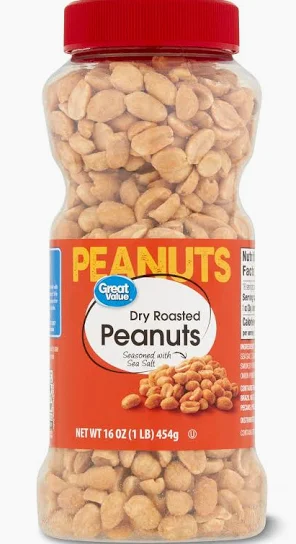
How about these unassuming dry roasted peanuts? Typically, dry roasted means just that: the nuts are roasted without any oils. So, the ingredients should simply say: peanuts. Maybe also salt if you choose the salted variety. And yet. And yet:
PEANUTS, SEA SALT, SUGAR, CORNSTARCH, MALTODEXTRIN, TORULA YEAST, CORN SYRUP SOLIDS, PAPRIKA (COLOR), HYDROLYZED SOY PROTEIN, NATURAL SMOKE FLAVOR, ONION POWDER, SPICES, GARLIC POWDER.
Corn syrup is so bad. Maltodextrin is another sugar. That’s 3 different types of sugar so far. Hydrolyzed soy protein contains MSG, which has toxic effects and is linked with obesity and metabolic disorders.
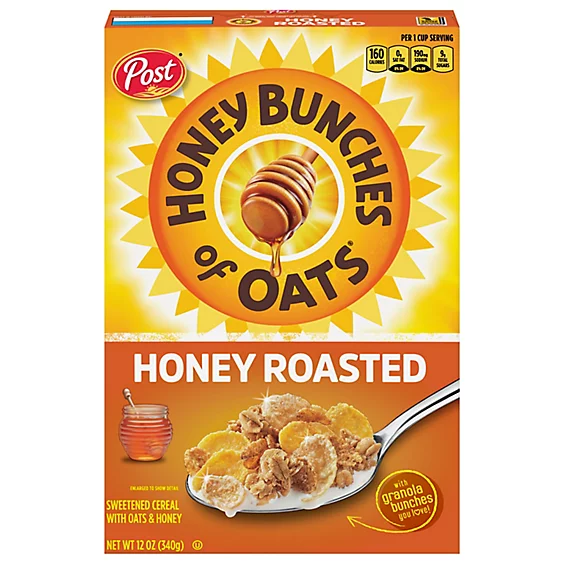
This cereal looks okay. It’s obviously not one of those kids’ sugary cereals. Honey and oats are healthy, right? I couldn’t believe the ingredients:
Corn, Whole Grain Wheat, Sugar, Whole Grain Rolled Oats, Rice, Canola and/or Soybean Oil, Wheat Flour, Malted Barley Flour, Corn Syrup, Salt, Molasses, Honey, Caramel Color, Barley Malt Extract, Natural and Artificial Flavor, Annatto Extract (Color), BHT Added to Preserve Freshness, Vitamins and Minerals: Reduced Iron, Niacinamide (Vitamin B3), Vitamin A Palmitate, Pyridoxine Hydrochloride (Vitamin B6), Zinc Oxide, Thiamin Mononitrate (Vitamin B1), Riboflavin (Vitamin B2), Folic Acid, Vitamin D3, Vitamin B12.
Food coloring again! WHY??? Artificial food colors are banned in Europe. They are linked with ADHD in children. BHT is a preservative in a lot of American packaged foods. It’s also banned in Europe, as it is an endocrine disruptor (read: causes cancer).
Read Labels
If there’s one thing I can’t stress enough, it is to read the labels of every food you buy. More specifically, read the ingredients. I used to examine the nutrition label, looking at calories (don’t matter! Read about that here). That’s an okay place to look for added sugar, or how much protein you’re getting, but mostly you can skip right over that and find the ingredients. KNOW WHAT YOU’RE BUYING! And if you still decide to buy it, fine. At least you understand what you’re doing.
The US government and food industry are banking on the fact that you A) don’t know and B) don’t care what’s in your food as long as it tastes good and is cheap. Sadly, Americans need to fend for themselves when it comes to consumerism. The government does NOT have your best interests at heart when it comes to your health. “But the FDA says it’s ok” is an empty promise. The best example is the fact that there are food additives the US allows, yet Canadian and European governments have banned because science has proven them to be harmful to humans. You must be your own advocate.
Educate yourself
Carry a cheat sheet of ingredients to avoid when you grocery shop if you can’t remember. Here’s a handy one from the Food Babe. If you scroll down she includes an image you can save to your phone. Eventually you’ll know what to look for, and shopping will become much faster.
Perhaps some people are thinking, “yeah, there’s a bad ingredient but it’s just a little bit. How much can it hurt me/my kid?” If you eat it regularly, the answer is: a lot. If you eat it a couple times for a special occasion, or while you’re traveling because that’s all the store had, yes, you’ll be fine. But if it’s something you’re eating every day, or feeding your child every day, it adds up.
A piece of advice I give all my clients: if there’s a food you eat all the time, make it the very best version you possibly can. Your child only eats hot dogs? Fine! Get an organic, chemical-free version and figure out a way to make your child believe this kind is their favorite.
Spend Wisely
Money talks–don’t spend it on crap, poison, and chemicals. Even if you don’t care what kind of message you’re sending with your purchases, then please care about what you’re paying for that’s fueling your body and your loved ones’ bodies.
In the case of food, the old saying really is true: you get what you pay for. Be the person at the grocery who examines every label before popping it into your cart. I’d love some company!
~Nicole

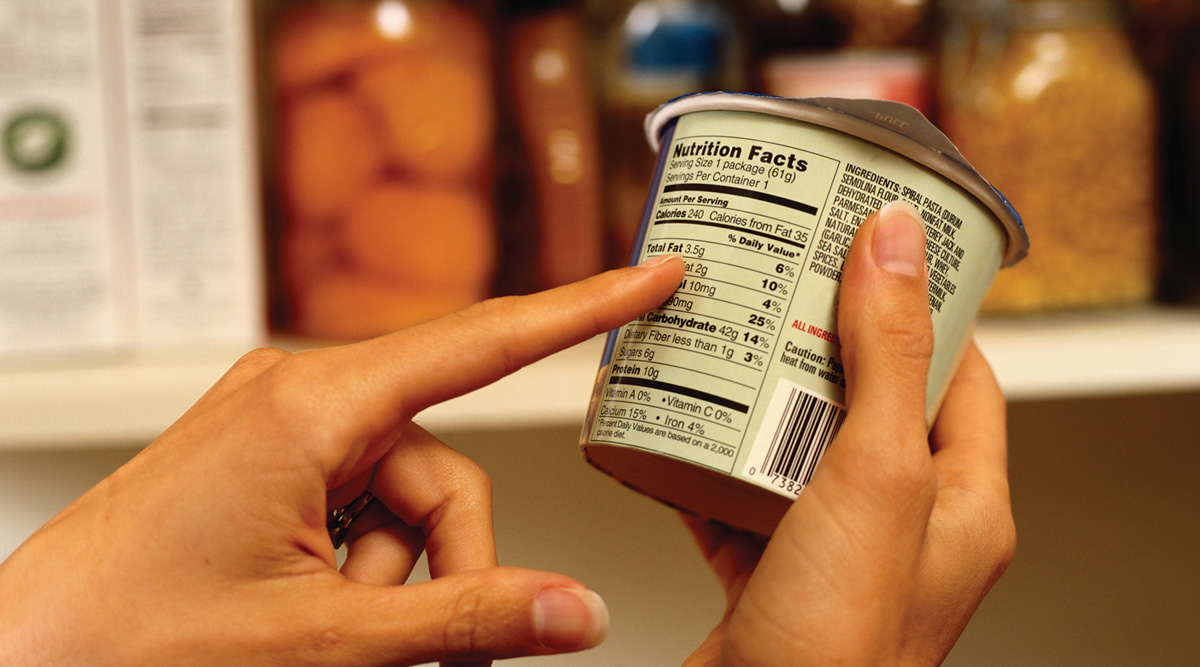
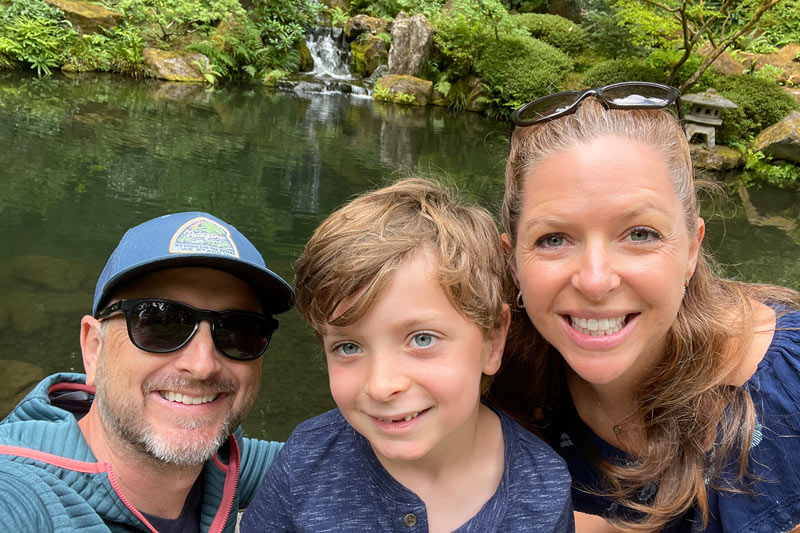


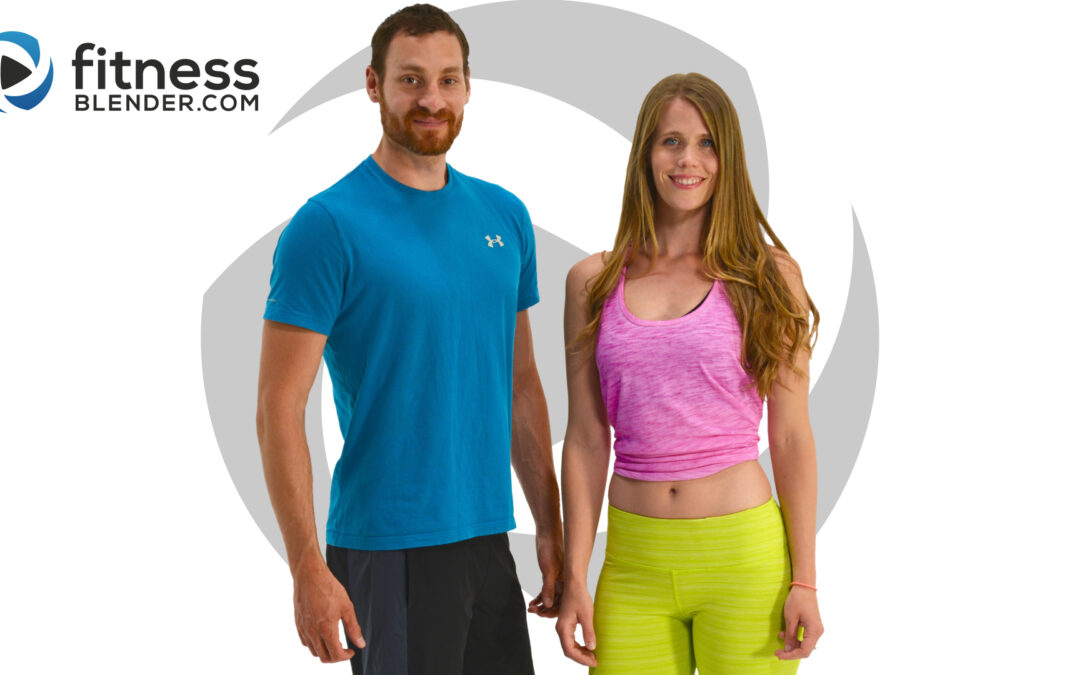


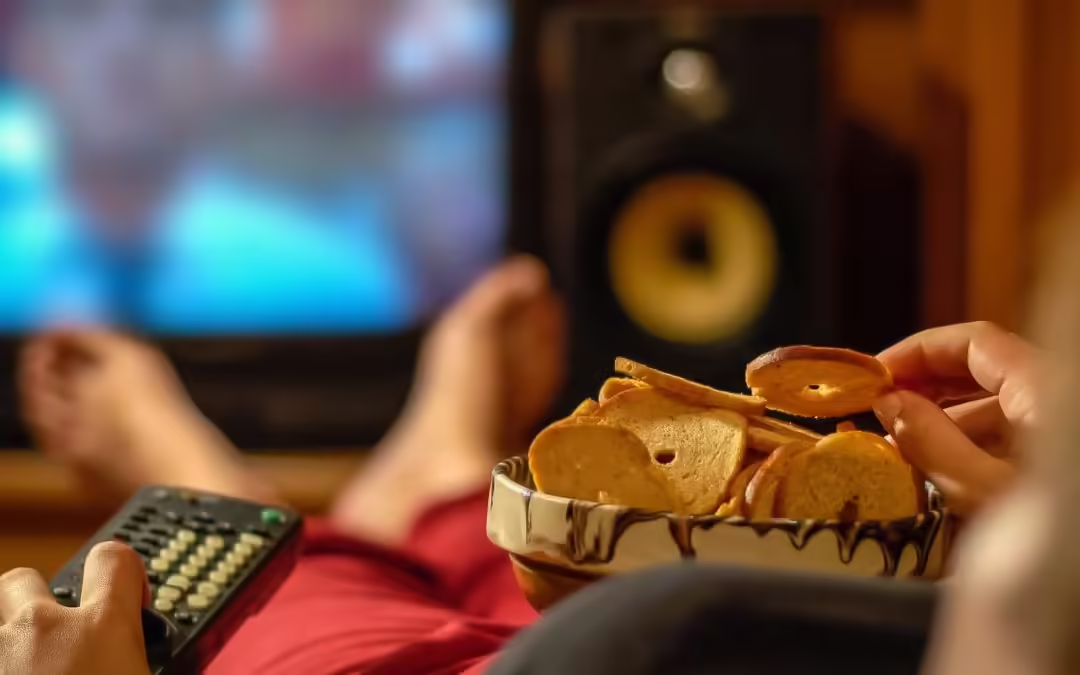

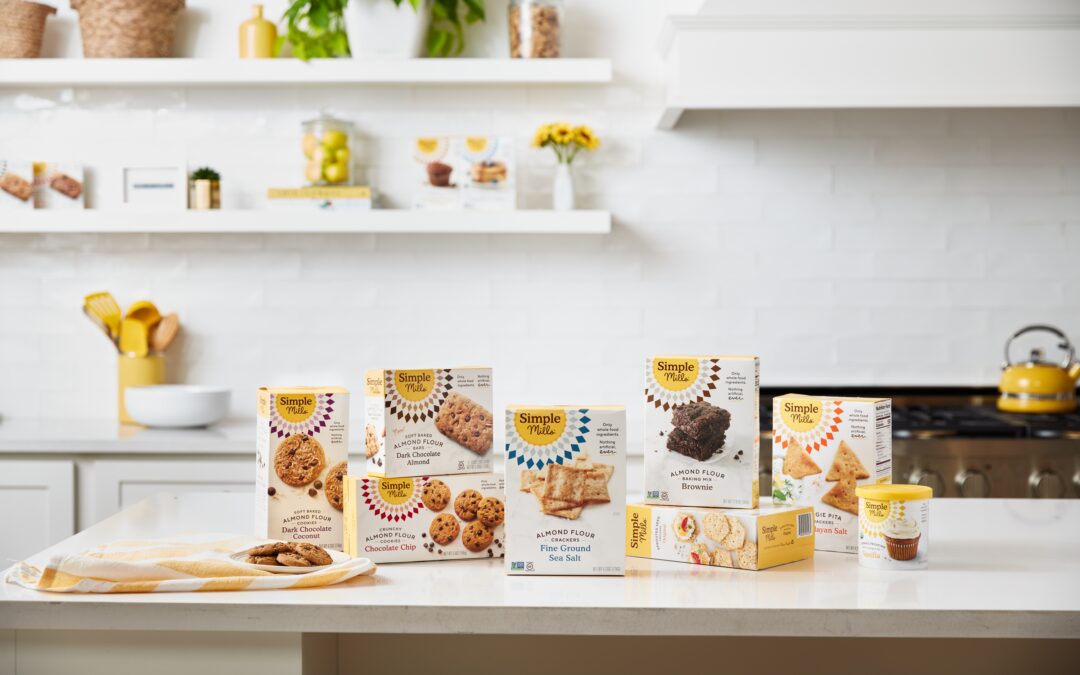

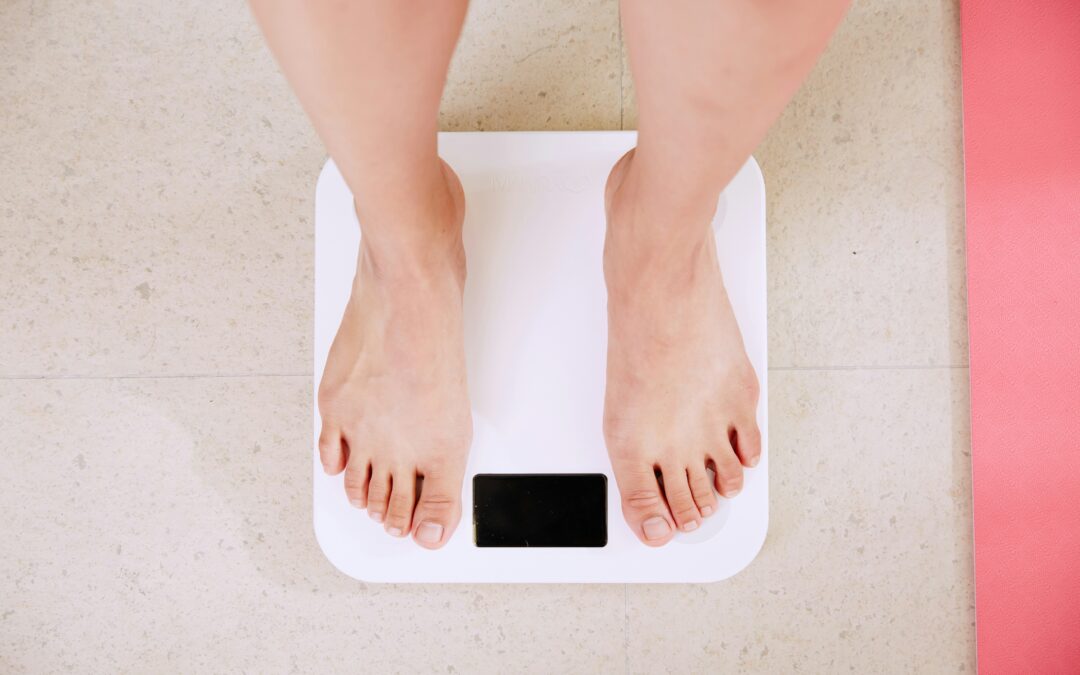
Leave a Reply